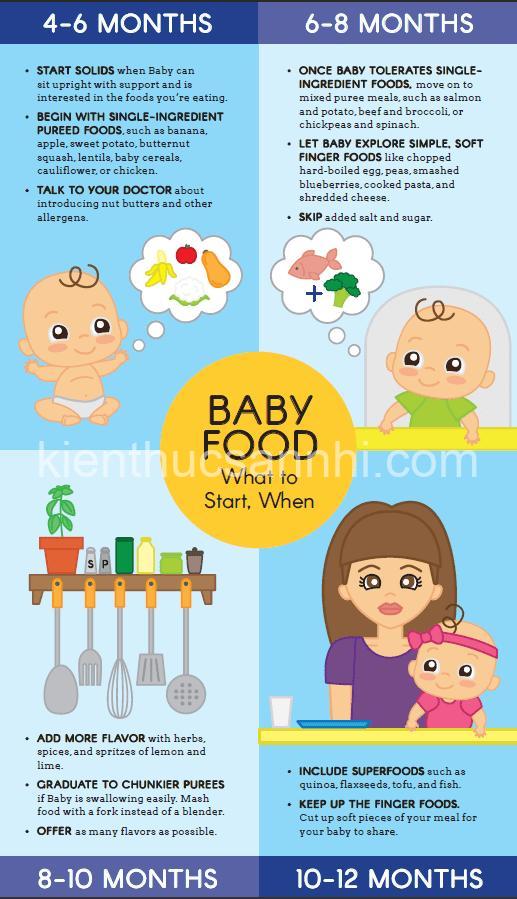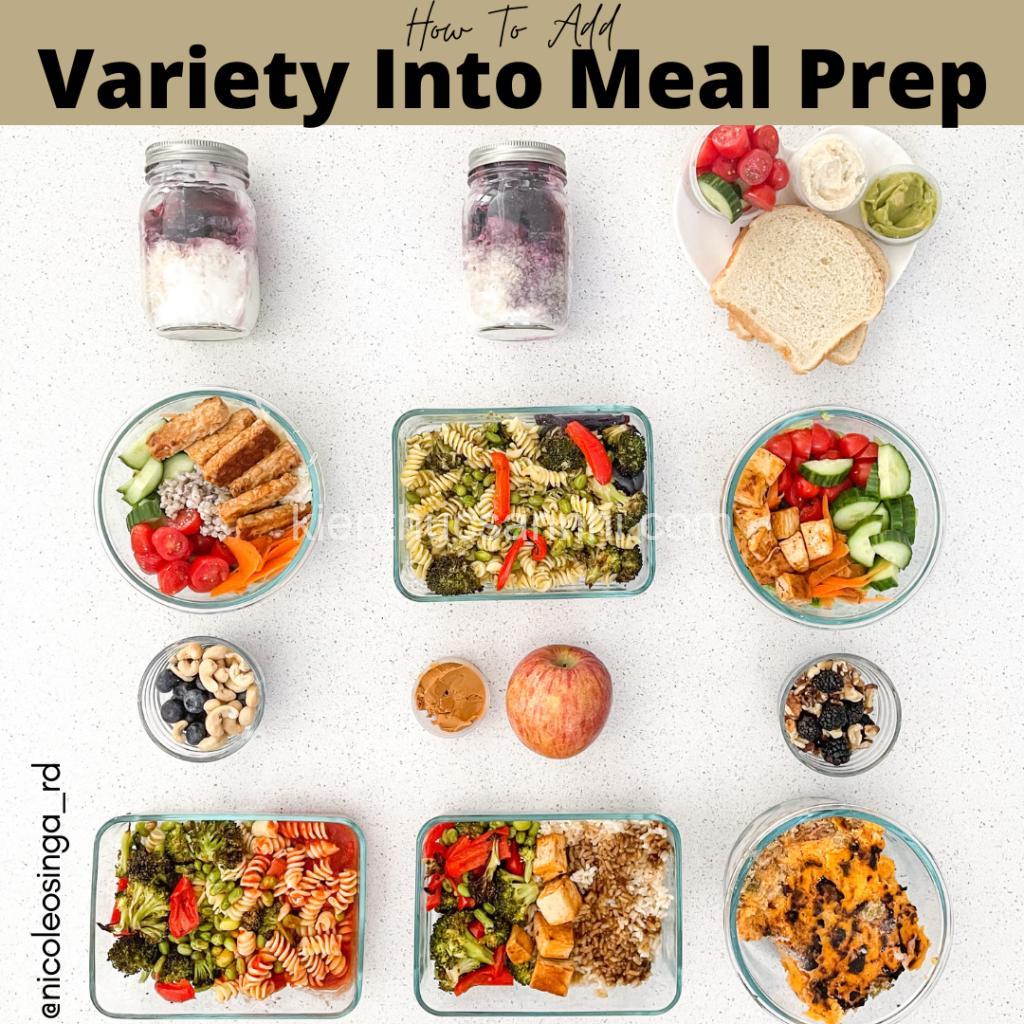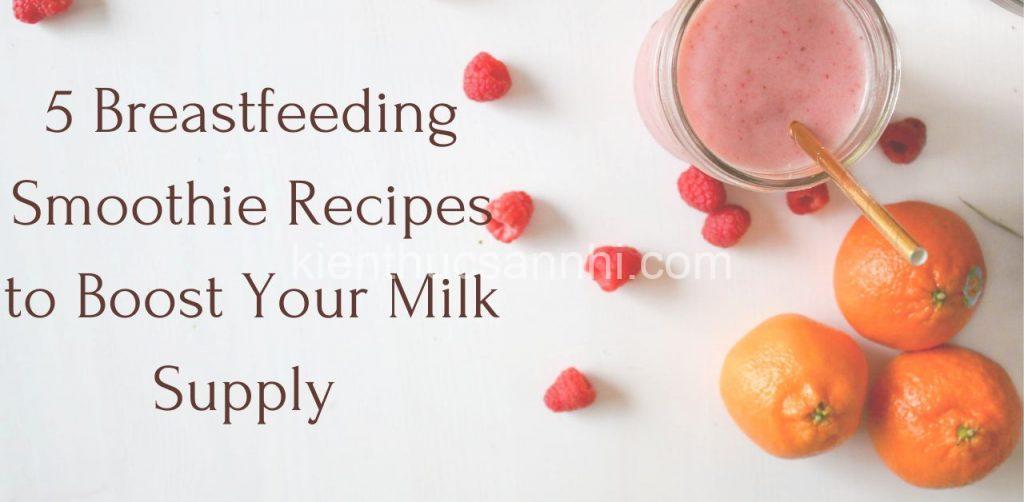
Baby Ready for Solid Foods? – When & What to Start. In today’s article, kienthucsannhi.com will explore with you in the most detailed and complete way. See now!
When is My Baby Ready for Solid Foods?
It’s exciting to watch your baby grow and develop. You may be eager to start them on solid foods, but it’s crucial to wait until they’re physically and developmentally ready. This ensures they can safely swallow and digest new textures and flavors.

Signs of Readiness:
Your baby is likely ready for solid foods when they show several key signs. These signs are a good indicator of their ability to swallow, digest, and manage different textures.
- Good Head Control: Your baby can hold their head up steadily and sit upright with support. This helps prevent choking.
- Ability to Sit Upright with Support: They can sit in a high chair and maintain their posture, which helps them eat comfortably and prevents food from spilling.
- Shows Interest in Food: Your little one may reach for your food, grab at it, or open their mouth when they see you eating.
- Opens Mouth for Spoon: When you bring a spoon towards their mouth, they open it, ready to receive food.
Recommended Age:
While babies can show signs of readiness earlier, the general recommendation is to start introducing solid foods around 6 months of age. This is when their digestive system is generally mature enough to handle solid foods.
Important Considerations:
While the 6-month mark is a good guideline, it’s always best to consult your pediatrician for personalized advice. They can assess your baby’s individual development and provide the best guidance for their specific needs.
- Premature Infants: If your baby was born prematurely, they may have a different timeline for starting solids.
- Individual Development: Every baby is different, so pay attention to your baby’s individual cues and talk to your pediatrician about any concerns.
What Foods Should I Start With?
Choosing the right first foods is a critical step in introducing solids to your baby. You want to focus on nutrient-rich foods that are easy to digest and can help your baby develop healthy eating habits.
Single-Ingredient Foods:
It’s best to start with single-ingredient foods to make it easier to identify potential allergies. This lets you introduce one food at a time, allowing you to monitor your baby’s reactions.
Iron-Rich Foods:
Babies need iron for healthy growth and development. Make sure to incorporate iron-rich foods into their diet.
- Iron-fortified Cereals: Look for cereals specifically formulated for babies. These provide a good source of iron.
- Pureed Meats: Chicken, beef, and turkey are good sources of iron and can be easily pureed or mashed.
- Lentils: Lentils are a vegetarian source of iron and can be added to soups or stews.
Avoid Honey and Sugary Foods:
- Honey: Honey should be avoided for babies under 1 year old. It can contain harmful bacteria.
- Sugary Foods: Sugary snacks, candies, and sugary drinks are not recommended for babies. They offer little nutritional value and can contribute to dental problems.
Food Allergies:
Food allergies are a common concern for parents. By following a few simple guidelines, you can minimize the risk of allergic reactions:
- Introduce One New Food at a Time: This allows you to observe your baby for any signs of allergy.
- Wait 3-5 Days Between New Foods: This gives your baby’s system time to adjust to each new food.
- Watch for Signs of Allergy:
- Rash: Redness, bumps, or hives on the skin.
- Wheezing: A whistling sound when breathing.
- Vomiting: Throwing up food.
- Diarrhea: Loose stools.
- Swelling: Swelling of the lips, tongue, or face.
- Keep a Food Diary: Record what your baby eats and any potential reactions. This can be helpful in identifying potential food allergies.
- Consult Your Pediatrician: If you notice any signs of allergy, talk to your pediatrician immediately. They can provide guidance and testing if needed.
How Do I Introduce Solid Foods?
Once you’ve chosen the right foods, it’s important to introduce them safely and effectively. Here are some tips to make the process smooth for both you and your baby:
Start Small:
- 1-2 teaspoons per meal: Begin with a small amount, gradually increasing as your baby gets used to the taste and texture.
- Gradually Increase: As your baby gets more comfortable, you can gradually increase the amount of food offered per meal.
Feed Slowly:
- Allow Time to Explore: Let your baby take their time to get used to the taste and texture of new foods.
- Encourage Exploration: Let them explore with their hands and fingers, if appropriate.
Watch for Signs of Fullness:
- Turning Away: Your baby may turn away from the spoon or close their mouth.
- Pushing Food Away: They might push the food away or refuse to take more.
Offer Food at Room Temperature:
- Cold or Hot Food: Cold or hot foods can be uncomfortable for your baby.
Different Approaches to Introducing Solids
There are several approaches to introducing solid foods. Choose the one that works best for you and your baby.
Baby-Led Weaning:
- Self-Feeding: With baby-led weaning, your baby self-feeds with finger foods.
- Exploration: This approach allows babies to explore different textures and flavors at their own pace.
- Safety: It requires careful food preparation to ensure safety and prevent choking hazards.
Traditional Spoon-Feeding:
- Parent-Led: Traditional spoon-feeding involves the parent feeding the baby pureed or mashed foods.
- Control: This method allows for greater control over portions and textures.
- Convenience: Spoon-feeding can be more convenient for some parents, especially when traveling or in busy schedules.
Combination Approach:
- Balance: Combining both baby-led weaning and traditional spoon-feeding can provide a balance of self-feeding and parent-led feeding.
Moving Beyond Purees
As your baby becomes more adept at handling different textures, you can start introducing more diverse and challenging foods.
Gradual Introduction of Textures:
- Smooth Purees: Start with smooth purees and gradually move to mashed and chunky foods.
- Finger Foods: When your baby has mastered the pincer grasp (using their thumb and forefinger to pick up small objects), you can start offering finger foods.
Encourage Self-Feeding:
- Independence: Allow your baby to explore food with their hands and fingers, encouraging their independence and development of fine motor skills.
Be Patient and Persistent:
- Acceptance: It may take time for your baby to get used to new textures and foods.
- Variety: Keep offering a variety of foods, even if your baby initially rejects them.
Food Safety for Your Baby
Food safety is crucial when introducing solid foods. Here are some guidelines to ensure your baby’s health and well-being:
Clean Hands and Surfaces:
- Hygienic Practices: Wash your hands thoroughly with soap and water before preparing food and feeding your baby.
- Clean Surfaces: Clean and disinfect all surfaces, utensils, and feeding equipment.
Prepare Food Safely:
- Thorough Cooking: Cook meat and poultry thoroughly to eliminate harmful bacteria.
- Raw Foods: Avoid giving raw eggs, raw fish, or unpasteurized milk.
- Choking Hazards: Cut food into bite-sized pieces to prevent choking hazards.
Store Leftovers Properly:
- Refrigeration: Refrigerate any leftover food within two hours.
- Discard: Throw out any food that has been left out at room temperature for more than two hours.
Additional Resources
For more information and support on introducing solid foods to your baby, you can refer to these reputable resources:
- [Your pediatrician:] Your pediatrician can provide personalized advice and answer any questions you may have.
- [Websites and Organizations:] The World Health Organization, the American Academy of Pediatrics, and the BabyCenter website provide detailed information and guidance on baby feeding.
FAQs
When should I start giving my baby water?
While breast milk or formula is sufficient for hydration in the first six months, you can start offering water once your baby starts eating solid foods.
How many times a day should I feed my baby solid foods?
In the beginning, start with one meal a day and gradually increase to two or three meals as your baby gets used to solid foods.
My baby doesn’t seem interested in solid foods. What should I do?
Don’t worry if your baby is initially hesitant about solid foods. It takes time to adjust to new tastes and textures. Continue offering food in small amounts, being patient and persistent.
What if my baby chokes on solid food?
Choking is a concern for all parents. If your baby chokes, stay calm and follow these steps:
- Stay Calm: Panic can make the situation worse.
- Encourage Coughing: Encourage your baby to cough to try to dislodge the food.
- Back Blows: If coughing doesn’t work, give your baby five back blows between the shoulder blades.
- Abdominal Thrusts: If back blows don’t work, perform five abdominal thrusts (Heimlich maneuver).
Should I give my baby store-bought baby food or homemade baby food?
Both store-bought and homemade baby food can be good options. Store-bought baby food offers convenience, while homemade baby food allows you to control the ingredients and avoid preservatives.
Conclusion
Introducing solid foods to your baby is a significant milestone in their development. By following these guidelines and consulting your pediatrician, you can ensure a safe and enjoyable experience for both you and your baby.
Remember, every baby is different, so observe your baby’s individual cues and adjust the process accordingly. If you have any questions or concerns, reach out to your pediatrician for personalized guidance.
I encourage you to share your experiences and ask any questions you may have in the comments section below. You can also explore more helpful information and resources on baby feeding and development on kienthucsannhi.com.
This is a journey of discovery and growth for both you and your little one. Enjoy the experience!
Please note: This information is for educational purposes only and should not be considered medical advice. Always consult your pediatrician for personalized guidance on your baby’s health and development.





